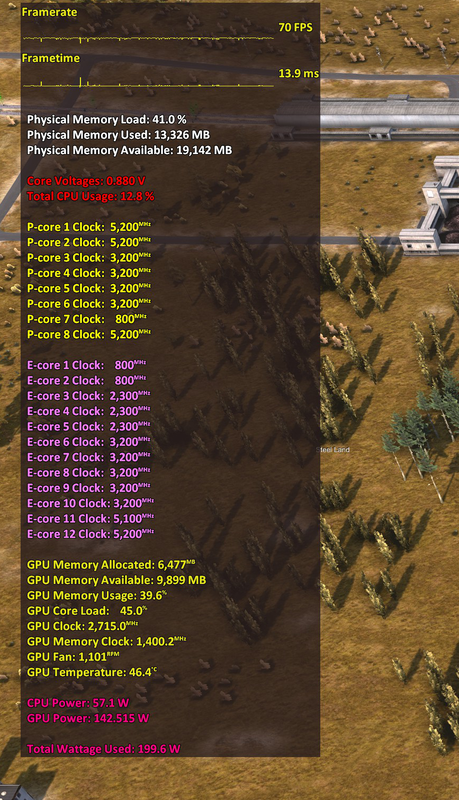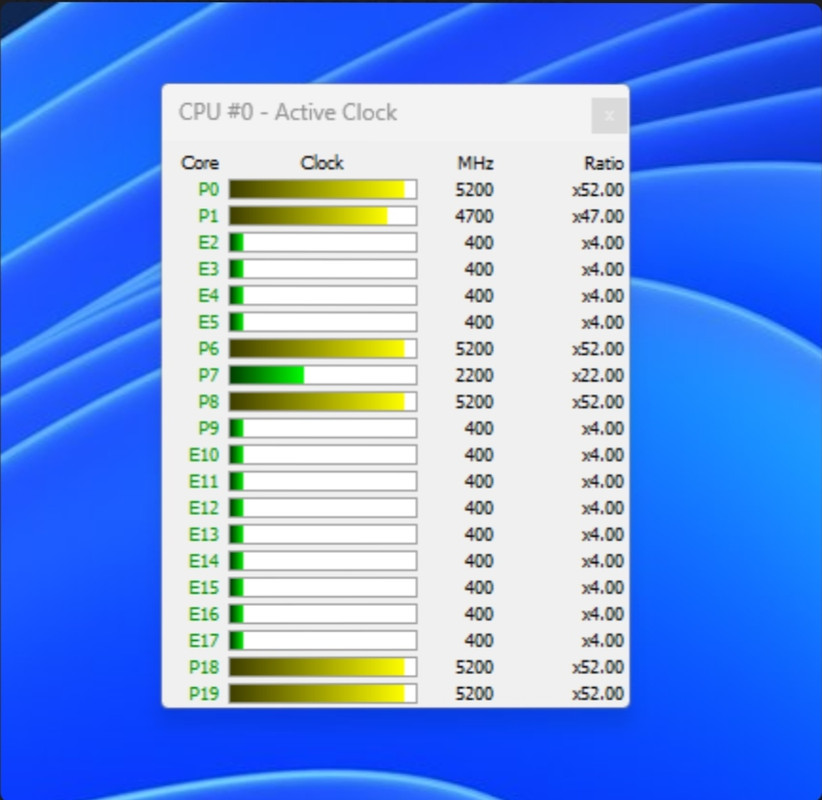Can anyone help! New Build
I want to order two packs of the same Vengeance DDR5 48gb (2x48) DDR5 CUDIMM 8000T/s I know I won't get 8000T/s only 6400 - 7000T/s with XMP when using 4 stick of ram 96gb. on Asus Extreme Z890 MB with Intel 285k Note I'm not using any mix ram here.
On ASUS memory QVL MB webpage it shows SS (4x24) CUDIMM 7000T/s but there isn't any DDR5 SS CUDIMM (4x24) on market only sold in 48gb (2x24) packs that is single module. I don't really want UDIMMs if I can use CUDIMM! And don't want to use two sticks of ram
I want to order two packs of the same Vengeance DDR5 48gb (2x48) DDR5 CUDIMM 8000T/s I know I won't get 8000T/s only 6400 - 7000T/s with XMP when using 4 stick of ram 96gb. on Asus Extreme Z890 MB with Intel 285k Note I'm not using any mix ram here.
On ASUS memory QVL MB webpage it shows SS (4x24) CUDIMM 7000T/s but there isn't any DDR5 SS CUDIMM (4x24) on market only sold in 48gb (2x24) packs that is single module. I don't really want UDIMMs if I can use CUDIMM! And don't want to use two sticks of ram
Last edited:



